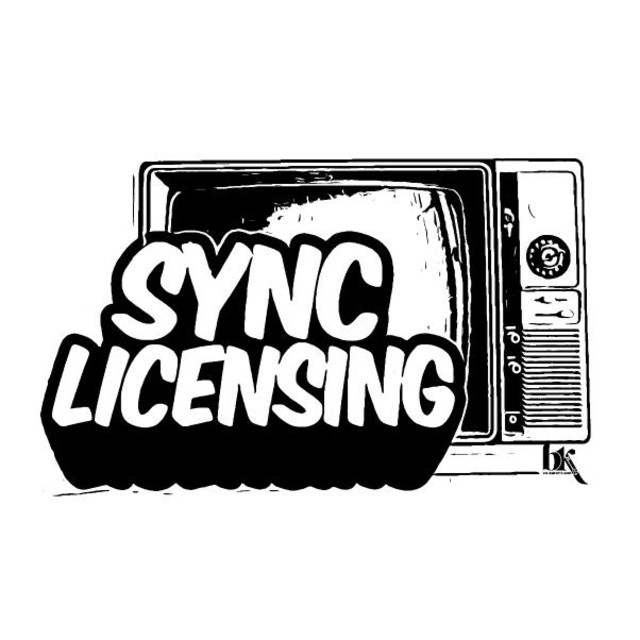The history of sync licensing has seen significant evolution since the early 2000s, with major changes in technology, industry practices, and revenue models. Here’s an overview of the key developments:
Early 2000s: The Rise of Sync Licensing
In the early 2000s, sync licensing began to gain prominence as a viable revenue stream for artists and songwriters. This period saw:
- Increased use of popular music in TV shows, films, and commercials
- Growing recognition of sync’s potential to break new artists
- Limited digital platforms for music discovery and licensing
Types of Sync Licensing
Several types of sync licenses emerged and evolved:
- Master Use License: Permission to use a specific recording of a song
- Synchronization License: Permission to use the underlying composition
- Blanket License: Covers multiple uses of a catalog for a set period
- Direct License: Negotiated directly between rights holders and users
- Micro-License: Smaller, often automated licenses for online content
Major Changes from Early 2000s to Today
- Digital Transformation: The shift from physical media to digital platforms has revolutionized music discovery and licensing processes[1].
- Streaming Impact: The rise of streaming services has changed how music is consumed and valued in sync deals.
- Democratization: Increased access for independent artists to pitch their music for sync opportunities[2].
- Global Reach: Expansion of sync opportunities beyond traditional markets, with international productions seeking diverse music.
- Faster Turnaround: Quicker licensing processes to meet the demands of rapid content production.
Evolution of Music Discovery for Sync
The way music supervisors and sync managers discover new music has changed dramatically:
Early 2000s:
- Reliance on physical demo CDs and tapes
- Limited to industry connections and major label submissions
- Time-consuming manual search processes
Today:
- AI-powered music analysis and tagging for efficient searching[3]
- Online platforms and databases for music discovery
- Social media and streaming platforms as sources for trending music
- Direct artist-to-supervisor connections through specialized networks
Current Methods for Discovering Music and Composers
- AI and Machine Learning: Advanced algorithms analyze and categorize music, making it easier to find specific styles or moods[3].
- Online Licensing Platforms: Dedicated websites where artists can upload music and supervisors can search and license tracks.
- Streaming Playlists: Curated playlists on platforms like Spotify serve as talent pools for sync opportunities.
- Social Media: Platforms like TikTok and Instagram showcase viral tracks and emerging artists.
- Music Libraries: Specialized libraries with pre-cleared music for quick licensing.
- Networking Events: Virtual and in-person events connecting artists with music supervisors.
- Data Analytics: Using streaming and social media data to identify trending artists and songs.
The sync licensing landscape has become more accessible and efficient, with technology playing a crucial role in connecting artists with opportunities. However, the increased accessibility has also led to more competition, making it essential for artists and composers to create high-quality, sync-friendly music and develop strong industry relationships to stand out in this evolving market[1][2][3].
Citations:
[1] https://jbmusicgroup.com/blog/the-journey-of-sync-licensing-100-year-recap
[2] https://www.bridge.audio/blog/10-artists-who-found-success-through-sync-licensing-deals/
[3] https://www.bridge.audio/blog/synchronization-how-sync-is-reshaping-the-music-industry/
[4] https://blog.songtradr.com/10-sync-placements-that-helped-launch-music-artists-careers/
[5] https://www.reddit.com/r/WeAreTheMusicMakers/comments/w8wx4q/is_sync_licensing_a_viable_and_realistic_way_to/








